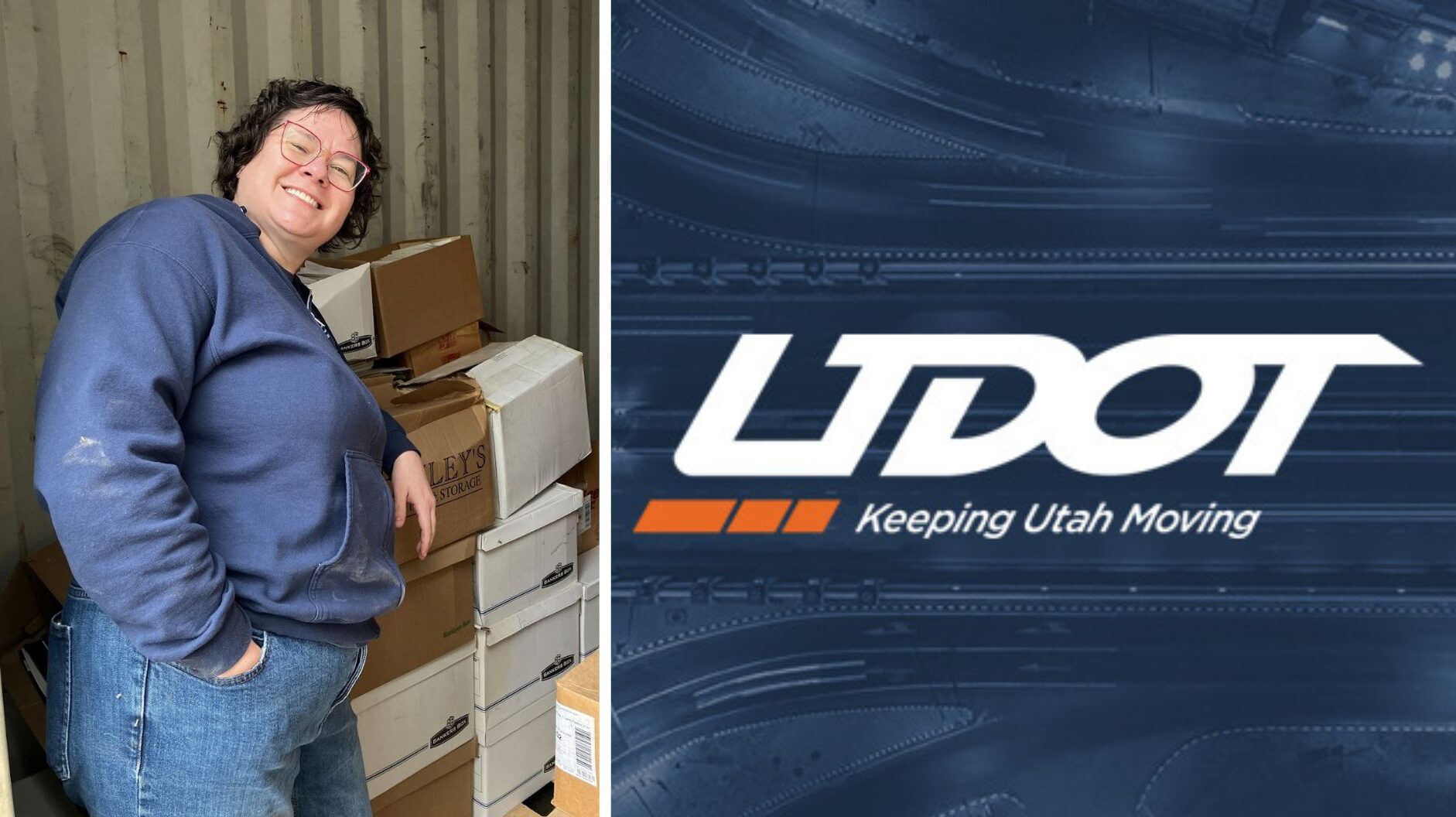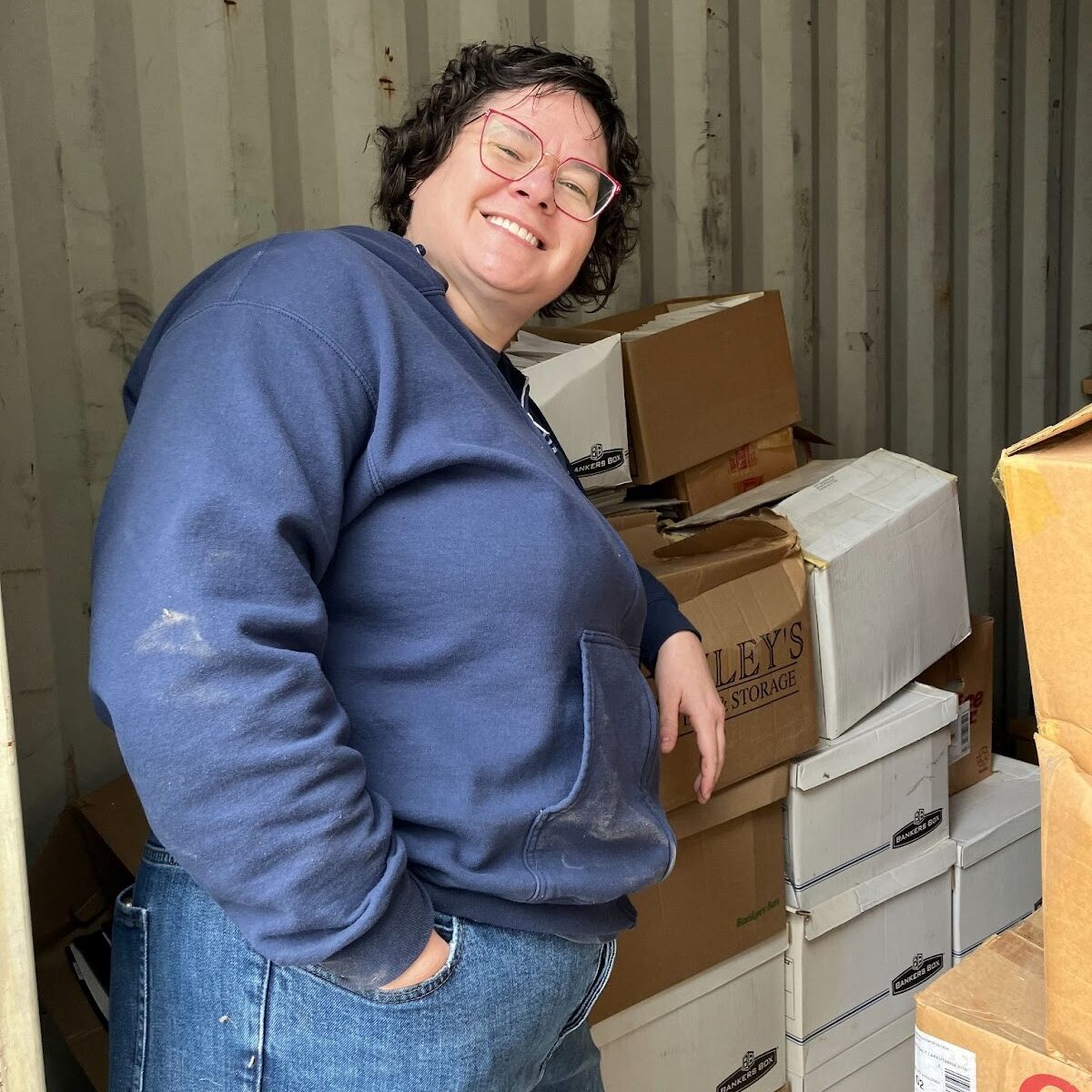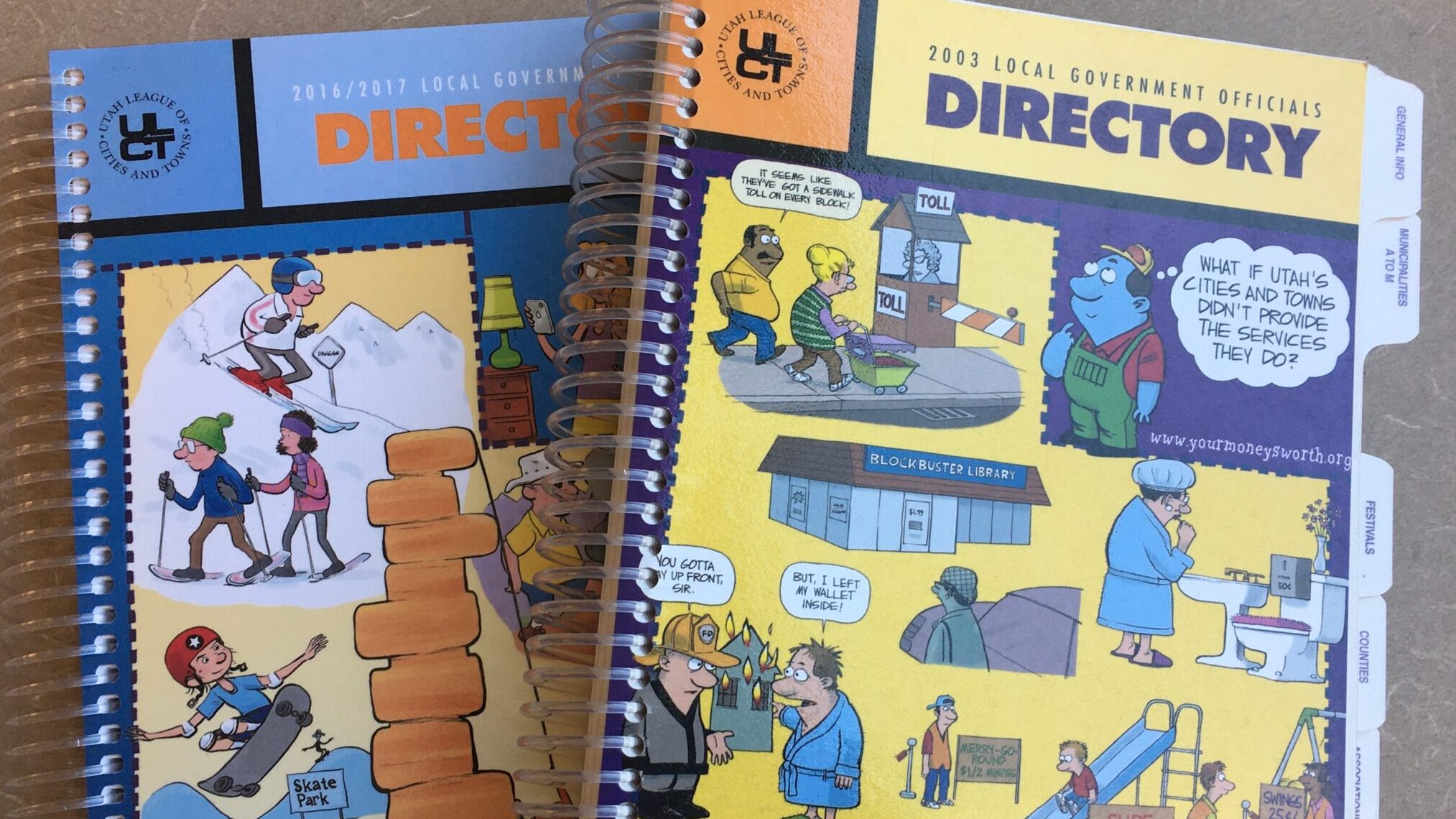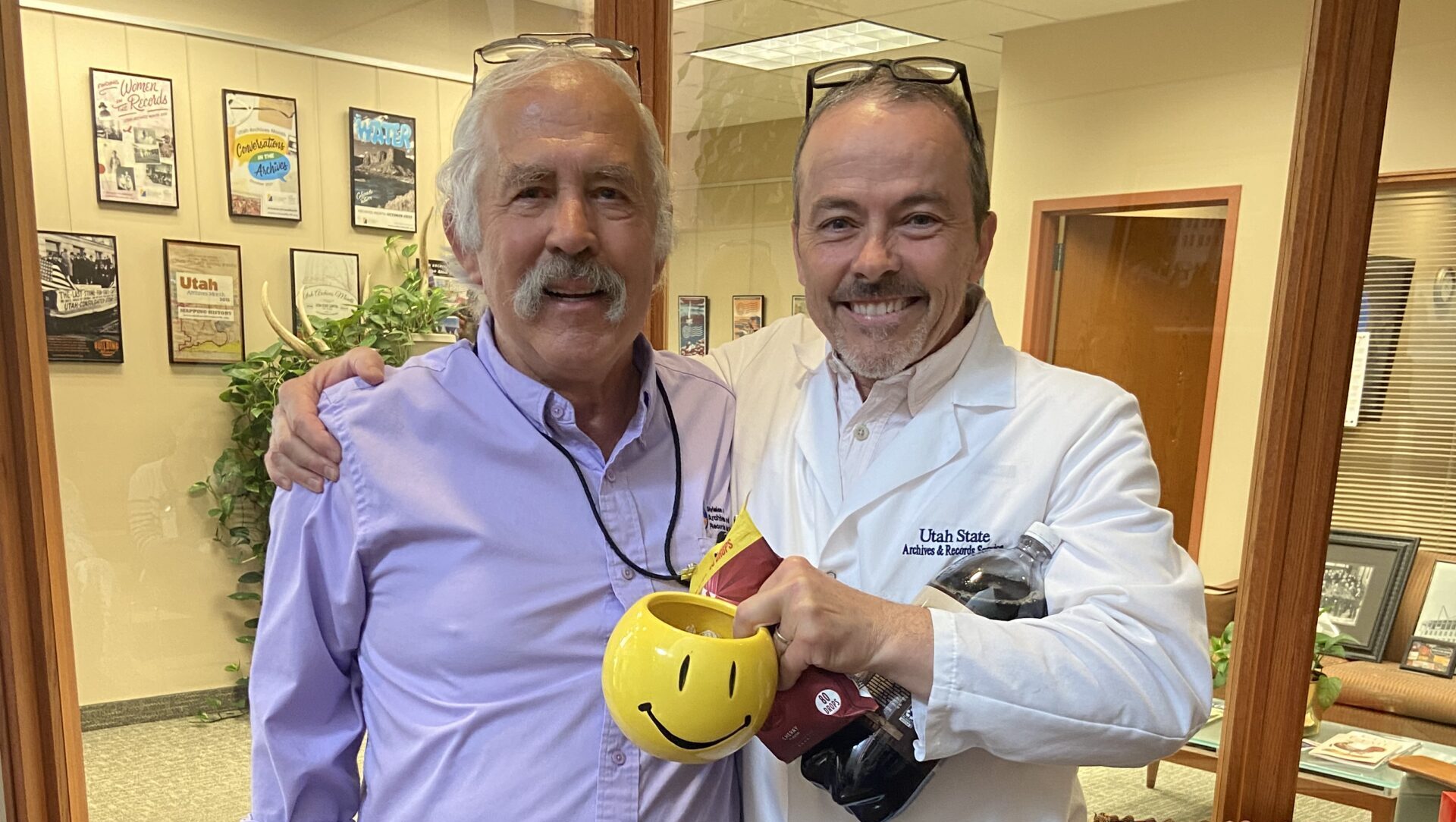
ARO Spotlight: Lindsay Hansen, UDOT
Lindsay Hansen has served as a records officer and records program manager with the Utah Department of Transportation (UDOT) since February of last year. Her path to records management was shaped by a strong background in education and training, skills she sees as essential to understanding needs and “figuring out where people are at.” Before stepping into her current role, she spent four years at UDOT, first on the training team and later as a process improvement program manager. She has also studied information science and has a natural knack for organizing information. While working at the University of Arizona, she advised faculty on teaching with technology and developed an expertise in Terms of Service and Privacy Policies—an interest she still indulges by tracking deletion processes for online services she uses personally. Known for her friendly and straightforward approach, Lindsay also enjoys sewing her own clothing in her free time and, as she puts it, “would love to meet your dog.”
What is your favorite part of your job?
I love running around meeting people and getting to know them and their work. I enjoy collaborating with folks and relying on subject matter experts to understand what can really be accomplished records-wise. Successful records management requires both records expertise and subject-matter expertise. My subject matter expertise is not in transportation which means that I need to rely on the transportation expertise of others to bring the records and subject matter needs together. I enjoy introducing people to each other and connecting others in ways that support the organization and its records management program.

Tell us about records management projects that you have worked on.
I’m currently developing a systematic and consistent records management program. As part of this, I’ve been revising our records policy and supporting implementation of privacy annotations. I’ve been conducting research and reaching out to other Departments of Transportation to get an orientation around what system-wide records management programs could look like and how they have been created and implemented over time. Part of the daily nitty-gritty of this project has been helping folks find and use their retention schedules. I’ve also made a file plan template based on these schedules, which will hopefully help division staff to be aware of and more easily reference their retention schedules. I collaborate with the GRAMA and Risk side of our agency to work through how records officer and GRAMA roles should be implemented. I’m always working on developing smaller scale records management systems and processes as part of this larger project.
What have you found most challenging about being a records officer?
Communicating efficiently and effectively advocating for the needs of a system-wide records management program to garner executive support. Communicating that records management is an organizational practice, not a “one and done” program nor an “all or nothing” proposition, is a challenge. Working with others to establish appropriate responsibilities and accountabilities throughout the organization in order to build a sustainable, continuous program is the goal.
What advice would you have for new records officers?
Getting out there and meeting people is essential to making progress on the records management front! Work with your DARS records specialists and attend the in-person training events provided by DARS–not just for the information (which is great!) but for the chance to connect with other records officers. Reach out to your counterparts in Utah or other states’ public entities that are similar to yours to learn about what they’re doing with records management. Informational interviews with subject-matter experts in your agency can be helpful and the connections you form with others in your agency can be useful when change comes down the pike. When doing these interviews and working with others on their recordkeeping needs, it helps to keep in mind “what is the single most important record this person or this team creates?” and to start with that. Smaller bites like this set people up for success and support changes to their work. Additionally, retention schedules are great and all, but be prepared to manage them over the long haul! As you develop records responsibilities, make sure they are assigned to positions instead of people; people come and go, so associating records responsibilities with positions helps ensure a continuity of service through personnel transitions.
Recent Posts
Authors
Categories
- Certification/
- Digital Archives/
- Electronic Records/
- FAQ/
- Finding Aids/
- General Retention Schedules/
- GRAMA/
- GRAMA FAQs/
- Guidelines/
- History/
- Legislative Updates/
- News and Events/
- Open Government/
- Records Access/
- Records Management/
- Records Officer Hub/
- Records Officer Spotlights/
- Research/
- Research Guides/
- RIM FAQs/
- Roles and Responsibilities/
- State Records Committee/
- Training/
- Uncategorized/
- Utah State Historical Records Advisory Board/



